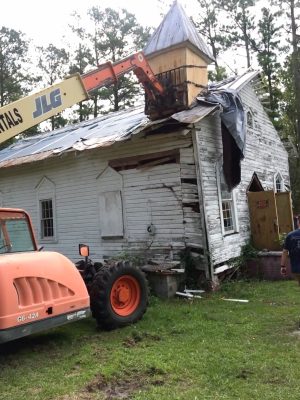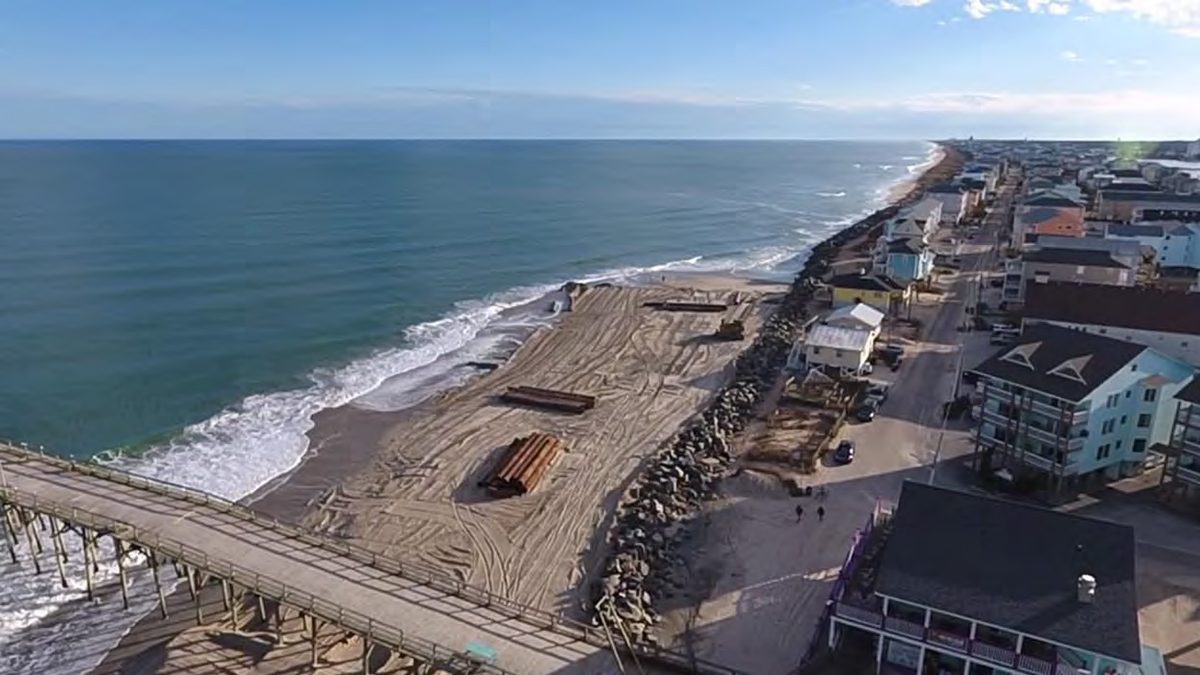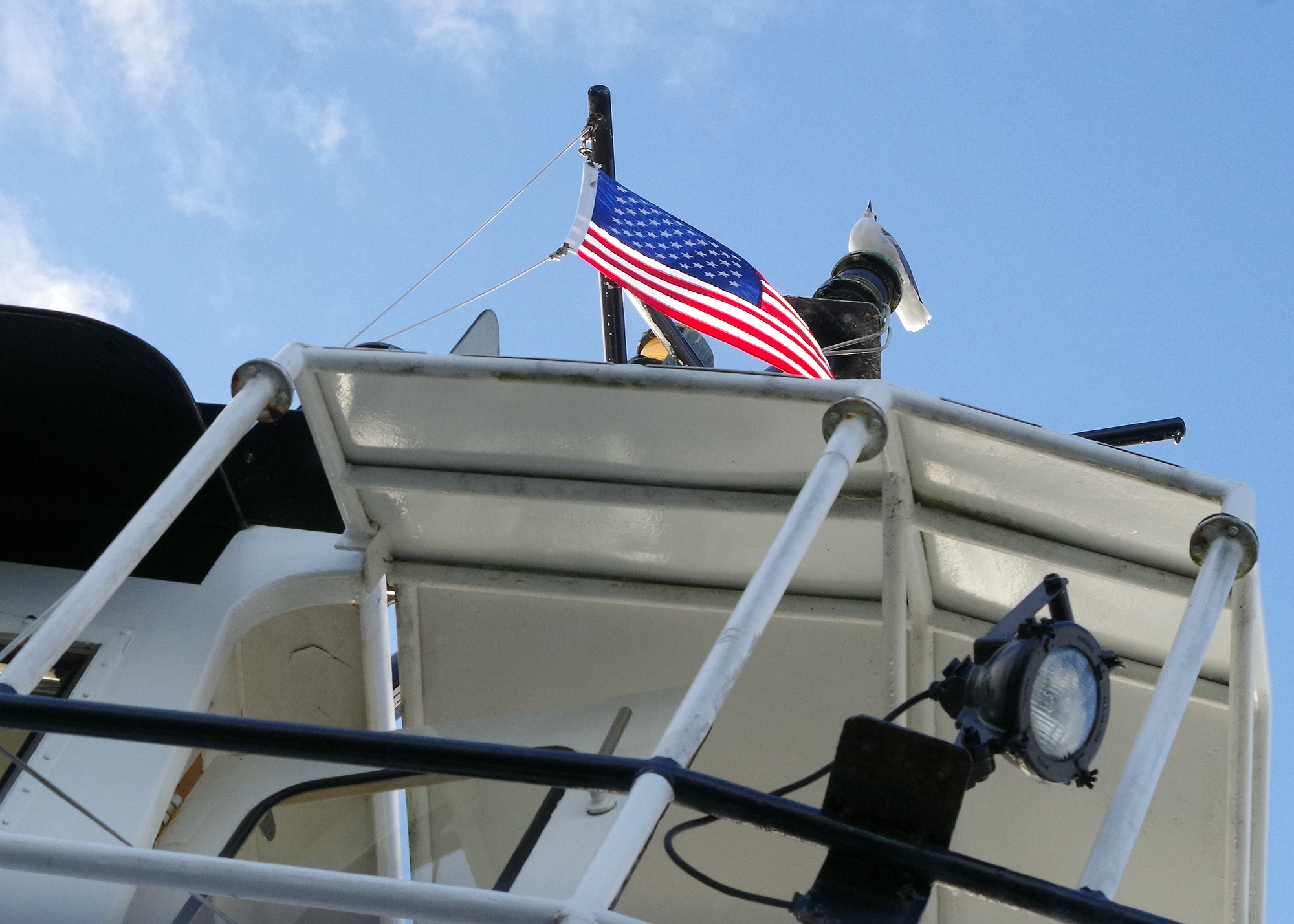NAVASSA — The North Carolina Coastal Land Trust announced Tuesday that initial work is underway to restore what it called one of the Cape Fear region’s most culturally and historically significant African American structures.

Work began last week on stabilizing the Reaves Chapel structure, which was formerly an African Methodist Episcopal church that was built along the Cape Fear riverfront shortly after the Civil War by formerly enslaved people of Cedar Hill Plantation. The trust purchased the chapel in March using a grant from the Orton Foundation, an affiliate of The Moore Charitable Foundation that focuses on protecting wetlands, lands, forests and wildlife habitats in the Cape Fear River basin.
Supporter Spotlight
So far, the work has included the removal of the contents of the building, which were inventoried and stored. Then, the corner beneath the steeple and bell, which had suffered the most deterioration, was shored up, according to the announcement. The bell, steeple and chimney were removed to prevent their weight from further damaging the structure. Tarps or rubber coverings were to be placed over the existing roof. The bell and the steeple are to be restored and returned once the building restoration is completed. Balding Brothers LLC, of Wilmington is the general contractor on the project.
“We are relieved that, thanks to the work of our excellent contractors, Reaves Chapel has been stabilized,“ said Jesica Blake, director of stewardship and community conservation at the Coastal Land Trust. “We are very grateful for the support and interest of many individuals in the Navassa community in this effort. We also appreciate continued support for this first phase of the Restoration Project from The Orton Foundation, and from a new corporate donor, Paynter Law, which made possible the stabilization work just completed.”
The project resulted from a partnership of the trust and the nonprofit Cedar Hill/West Bank Heritage Foundation. The project’s next phases include repairing the structure to usable condition followed by a more complete historic restoration.
The project timeline depends on additional funding. Contributions can be made online.






